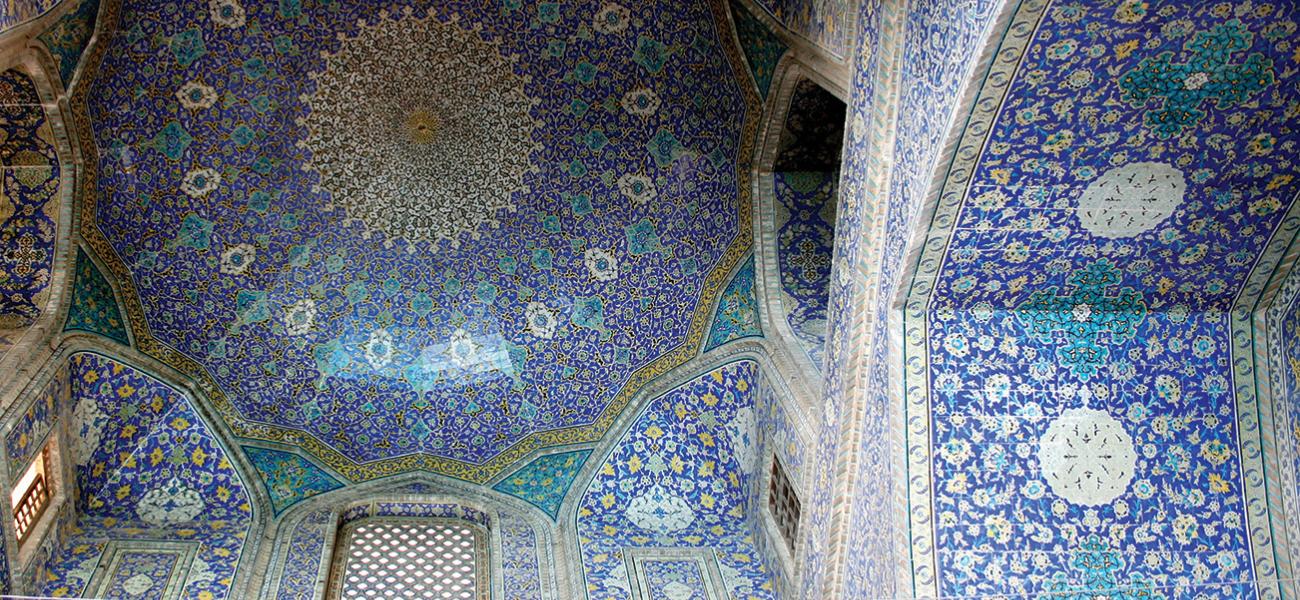“Bricks are in a natural relationship with the hands, and they allow for building with them blindly, like using words to write something.” – Ai Wei Wei
The art of ceramics has given culture two very important tools. The first, obviously, is pottery, all the vessels and containers made with fired clay that have so contributed to the advancement and comfort of humankind as a species on earth, as well as to the aesthetic quality of human experiences. The second ceramic tool is equally important, although it is often neglected in the general literature on ceramics, which focuses primarily on pottery. That other tool is the brick, and by extension the tile, and both are necessary building blocks of architecture.
The brick is the basis for volumetric form, 3-D space, while the tile relates to surface, 2-D space. Yet the tile as a repetitive modular system is also implicitly volumetric, since if expanded to its logical potential, it would cover the earth! Under such conditions, tiled surfaces would still appear flat since they would be viewed only from a small section at a time. If pots are in many ways, conceptually, miniature architecture, it could as easily be stated that a building is nothing other than a very large pot as well, at the conceptual level. Both operate on the same principle of containment. They are articulated formally around the transition between an interior and an exterior, defining a volumetric space; the interior being functional, while the exterior is ornamental. Both pots and buildings are about transition and passage, about entrances and exits, with a period of relative stasis between the two events, when the content is contained by the container.
Are pots older than buildings? This is an interesting question. Did humanity develop and build habitable structures before, simultaneously, or after it had felt the need to make pots and other containers? I would conjecture that developments in pottery making and in built environments happened simultaneously, due to their commonality of material, structure and, to a lesser degree, of process, and since both these forms of containment of space could learn from each other by osmosis. By making larger pots, humans learned to make larger buildings and vice versa.

